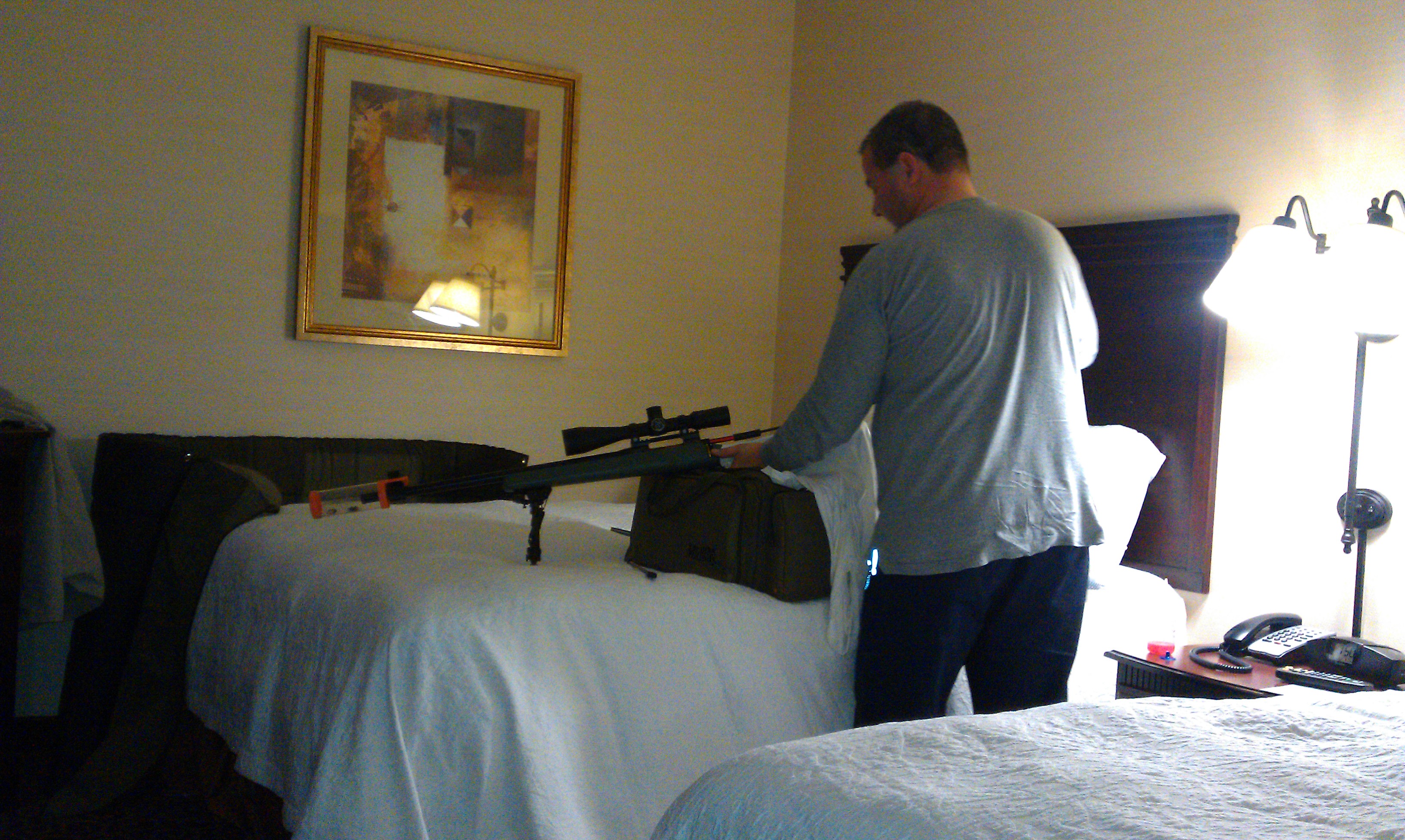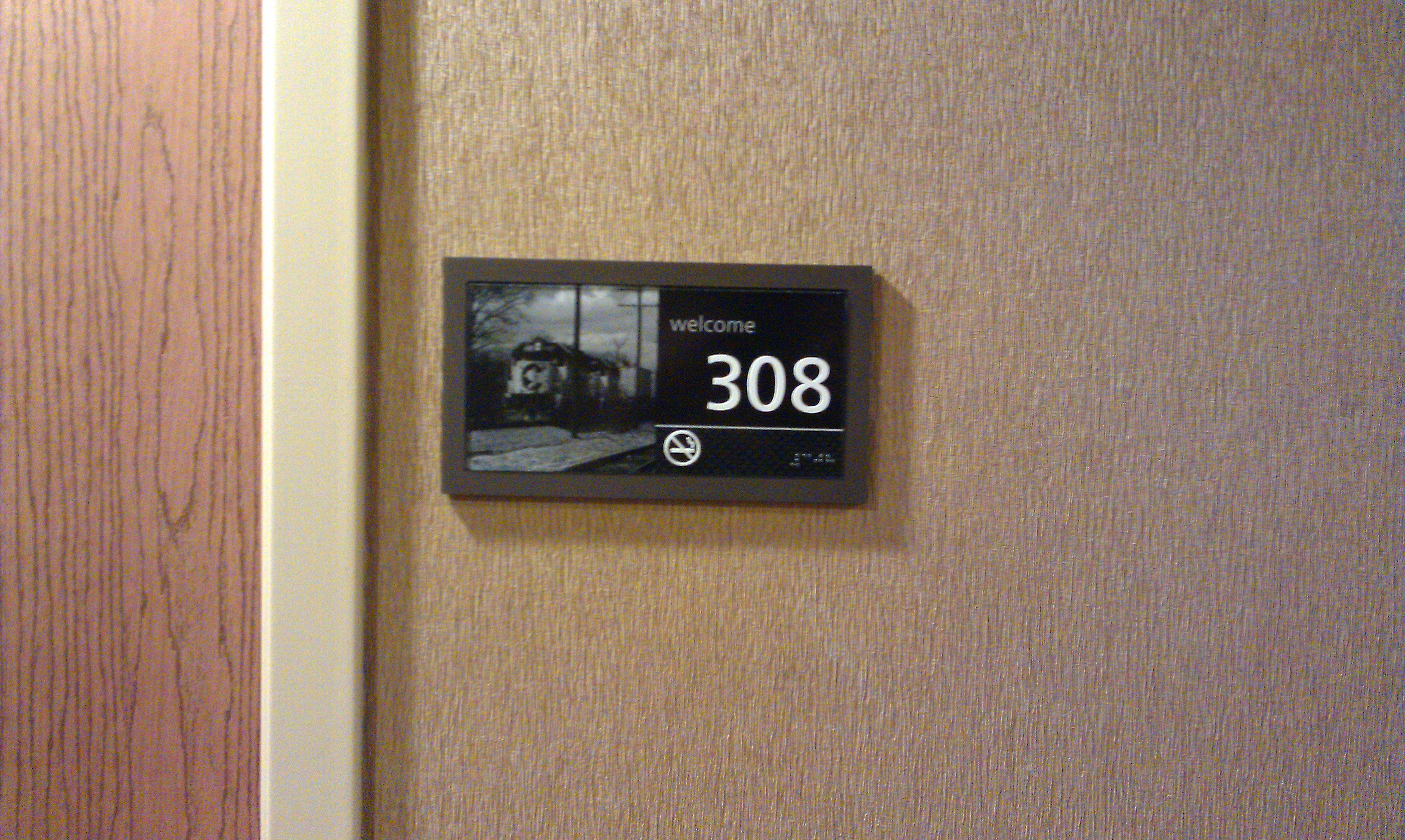I just spent quite a bit of time reading through that thread. Actually only got through 2 or 3 pages of it, but I never saw anyone commenting on this.
If you're not worried about copper moving at 3,000 fps and 4,000 degree temperatures and 60,000 psi pressures all combined messing your barrel up, why are you worried about an aluminum or even a steel cleaning rod scratching your barrel when that rod:
1. Will not be pushing against the barrel itself with more than a pound or so of force (even if you don't use a bore guide) and
2. it will only be moving at a few feet per second and
3. it will be at room temperature
I'm not saying I think the original poster in that thread was wrong about break in and overcleaning, etc. I agree. I also do not doubt that cleaning rods cause damage because several have said they have seen the results with borescopes (which I don't have access to).
What I am saying is how is this even possible?! I've moved a fair amount of metal with oxy/acetylene and oxy/propane torches, grinders, chisels, files, die grinders and screwdrivers (just to remove chips when I had nothing better at the time available).
If I take all that experience working on various pieces of metal on the farm, and I imagine intentionally trying to scratch the inside of a rifle bore, I would not choose any sort of cleaning rod in an attempt to scratch said bore. In my experience, it's just not easy for one piece of metal to make a mark on another piece of metal with only the force of your hands unless the tool you're holding is designed to move metal.
On a cleaning rod in particular, the angles are just all wrong. Let's say the rifling is on the outside of your barrel rather than on the inside of the barrel and I were going to try to scratch it with a hand tool. Well, I'd probably take a chisel and hold it at a 45 degree angle and drag it along the rifling with as much pressure as I could muster.
I would not take a blunt object (such as the dreaded extension connector of a multi-section cleaning rod) and rub it against the rifle totally parallel to the bore.
I fully realize I have no idea what I'm talking about. I'm just taking my real world experience and trying to relate it to what I have been reading on various gun forums. I believe someone out there has the experience to explain to me where I'm looking at this wrong and that's why I'm here. I'm not here to tell all the experienced gun smiths that they have no idea what they're talking about. I'm asking a question so that I can learn. Thanks in advance for what I'm sure will be a deluge of good info on this topic.
If you're not worried about copper moving at 3,000 fps and 4,000 degree temperatures and 60,000 psi pressures all combined messing your barrel up, why are you worried about an aluminum or even a steel cleaning rod scratching your barrel when that rod:
1. Will not be pushing against the barrel itself with more than a pound or so of force (even if you don't use a bore guide) and
2. it will only be moving at a few feet per second and
3. it will be at room temperature
I'm not saying I think the original poster in that thread was wrong about break in and overcleaning, etc. I agree. I also do not doubt that cleaning rods cause damage because several have said they have seen the results with borescopes (which I don't have access to).
What I am saying is how is this even possible?! I've moved a fair amount of metal with oxy/acetylene and oxy/propane torches, grinders, chisels, files, die grinders and screwdrivers (just to remove chips when I had nothing better at the time available).
If I take all that experience working on various pieces of metal on the farm, and I imagine intentionally trying to scratch the inside of a rifle bore, I would not choose any sort of cleaning rod in an attempt to scratch said bore. In my experience, it's just not easy for one piece of metal to make a mark on another piece of metal with only the force of your hands unless the tool you're holding is designed to move metal.
On a cleaning rod in particular, the angles are just all wrong. Let's say the rifling is on the outside of your barrel rather than on the inside of the barrel and I were going to try to scratch it with a hand tool. Well, I'd probably take a chisel and hold it at a 45 degree angle and drag it along the rifling with as much pressure as I could muster.
I would not take a blunt object (such as the dreaded extension connector of a multi-section cleaning rod) and rub it against the rifle totally parallel to the bore.
I fully realize I have no idea what I'm talking about. I'm just taking my real world experience and trying to relate it to what I have been reading on various gun forums. I believe someone out there has the experience to explain to me where I'm looking at this wrong and that's why I'm here. I'm not here to tell all the experienced gun smiths that they have no idea what they're talking about. I'm asking a question so that I can learn. Thanks in advance for what I'm sure will be a deluge of good info on this topic.



